Getting Your Plants Ready for Spring
A pair of bird's nest ferns (Asplenium nidus) anxiously awaiting spring's arrival in our storefront window.
For plant parents, spring is the most wonderful time of the year. Spring means the start of active growth season!
Winter is tough on houseplants. The heat we use to warm our homes can be drying, resulting in less than ideal humidity. There are less hours of sunlight. And our least favorite and perhaps most obvious, it’s cold.
In order to get your plants ready for the active growing season, there are a few things you can start to do this month. Think of it like getting your beach body ready for summer, only less painful and sweaty, for the plant at least.
Repot
In the spring, it's a good idea to repot your plants so that they have room to grow. How do you tell if your plant needs to be repotted? Take a look at your plant and ask the following:
Do you see roots coming through the drainage holes in bottom of the container?
Do you see any tangled roots in a thick mass near the soil surface?
Gently slip the plant out from its container. Do you see more roots than soil?
If you answered yes to any of these, it's time to give your plant a new home. If you answered no to all of these questions, just keep scrolling 'til you hit the next section on rearranging.
We offer a wide selection of planters, from small and sparkly to big and funky.
Repotting can be daunting, for some fear that handling the roots will cause irreversible damage to the plant. In almost all cases, this is not true! Plants are amazingly resilient. While they may take a few days or weeks to bounce back to their pre-repot body, they will, in time, make a full recovery.
Important things to remember when repotting:
Pick a container that has good drainage. You want to make sure water doesn't stay stagnant - this causes root rot and other not fun plant illnesses.
Use fresh soil. Over time the nutrients in the soil of potted houseplants are used up or dissolve. It's good practice to use fresh soil to re-up on the vitamins and minerals plants need to grow.
Keep it clean. If you're using a new pot, give it a good rinse under warm water before you repot. If you're using an old pot, wash it with soap and water. C'mon folks, we're not animals.
Pack the soil in. You want the plant roots to be snug in their new home, so pack that soil in tight. It may sound counter-intuitive, but trust us on this one.
Water, water, water. Plant roots hate being exposed to air because it yanks the moisture right out of them faster than a speeding bullet. That's why their underground (#ohduh). Give your plant a good drink after repotting to make sure your roots don't dry out.
Always, always, always water after repotting. Spring is also good opportunity to restock your plant parent accessories, like watering cans and misters.
Reup
So, we finished with our repotting. Now it's time to plimp (primp + plant, you know you like it) your plants for the new season.
Just like most humans, plants appreciate minor adjustments made to their appearance. This includes:
Pruning, or dead-heading as it's known in outdoor gardening
Trimming
Dusting or washing large leaves
Feeding
Areating the soil
Rearrange
Another fun way to spruce up (plant pun totally intended) your plants for spring is to move them around your space. You can switch up their place on a shelf to a desk, kitchen to bathroom, or make different groupings based on leaf size, pattern or colors. Check out some of our inspirations from around the shop.
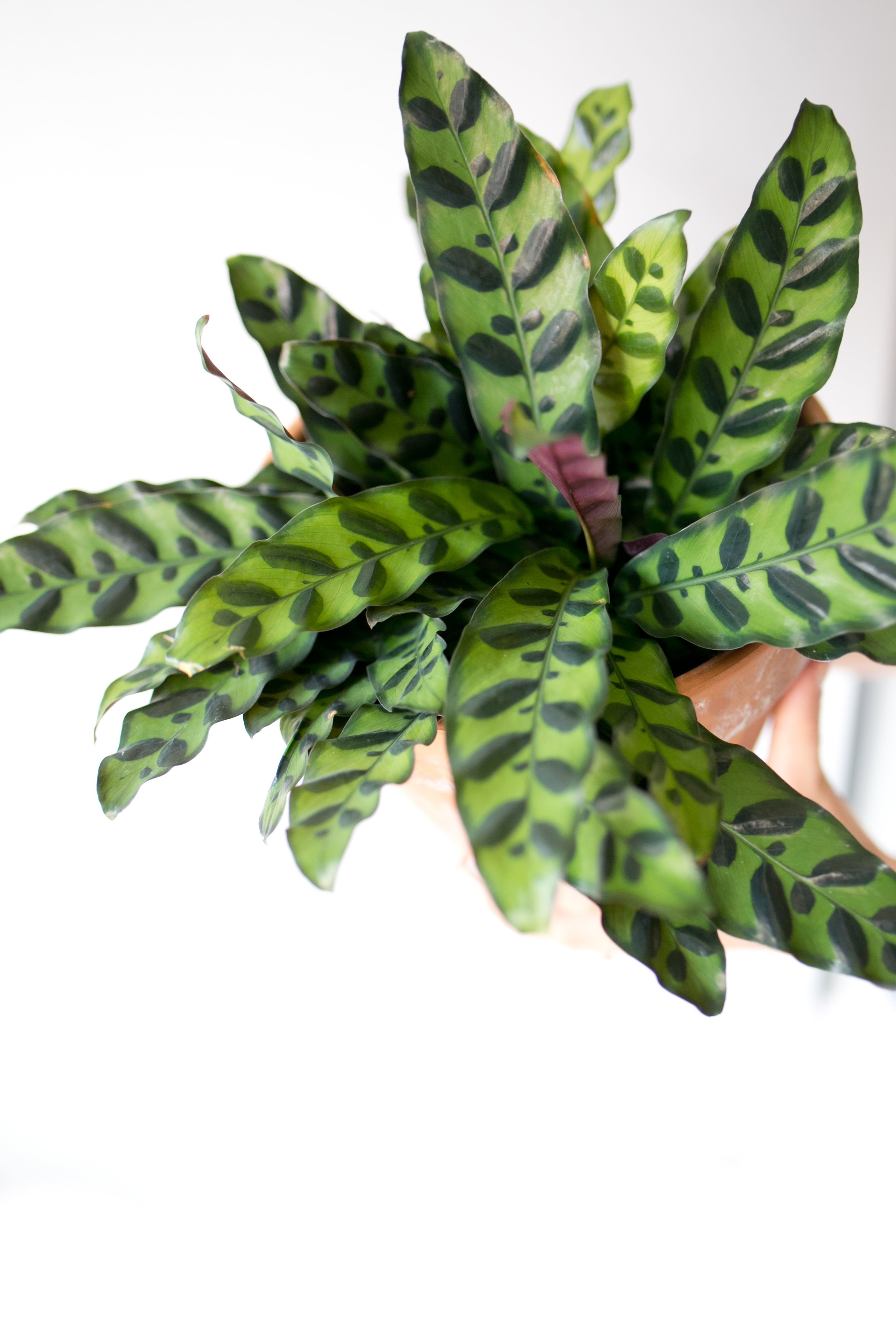
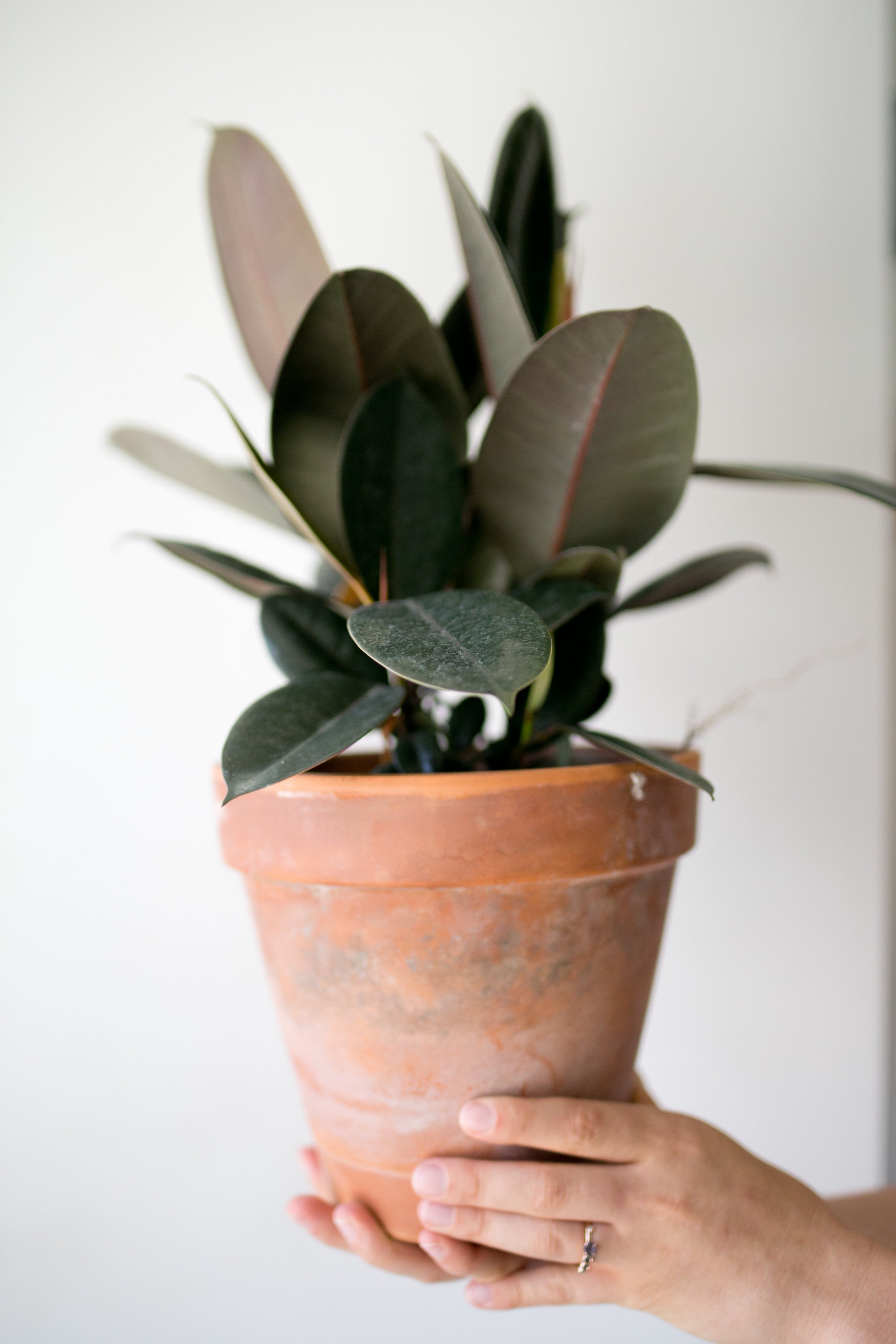
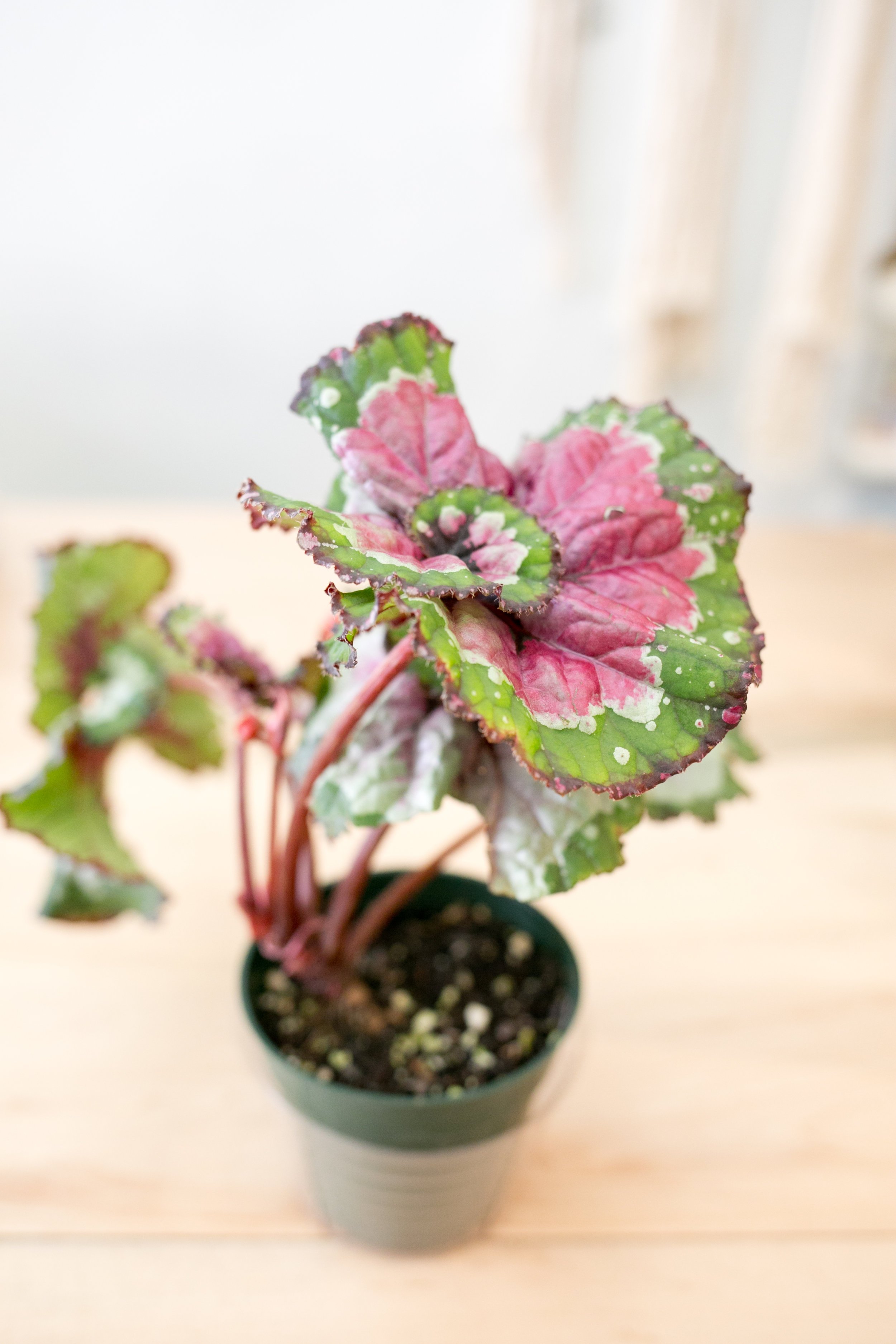

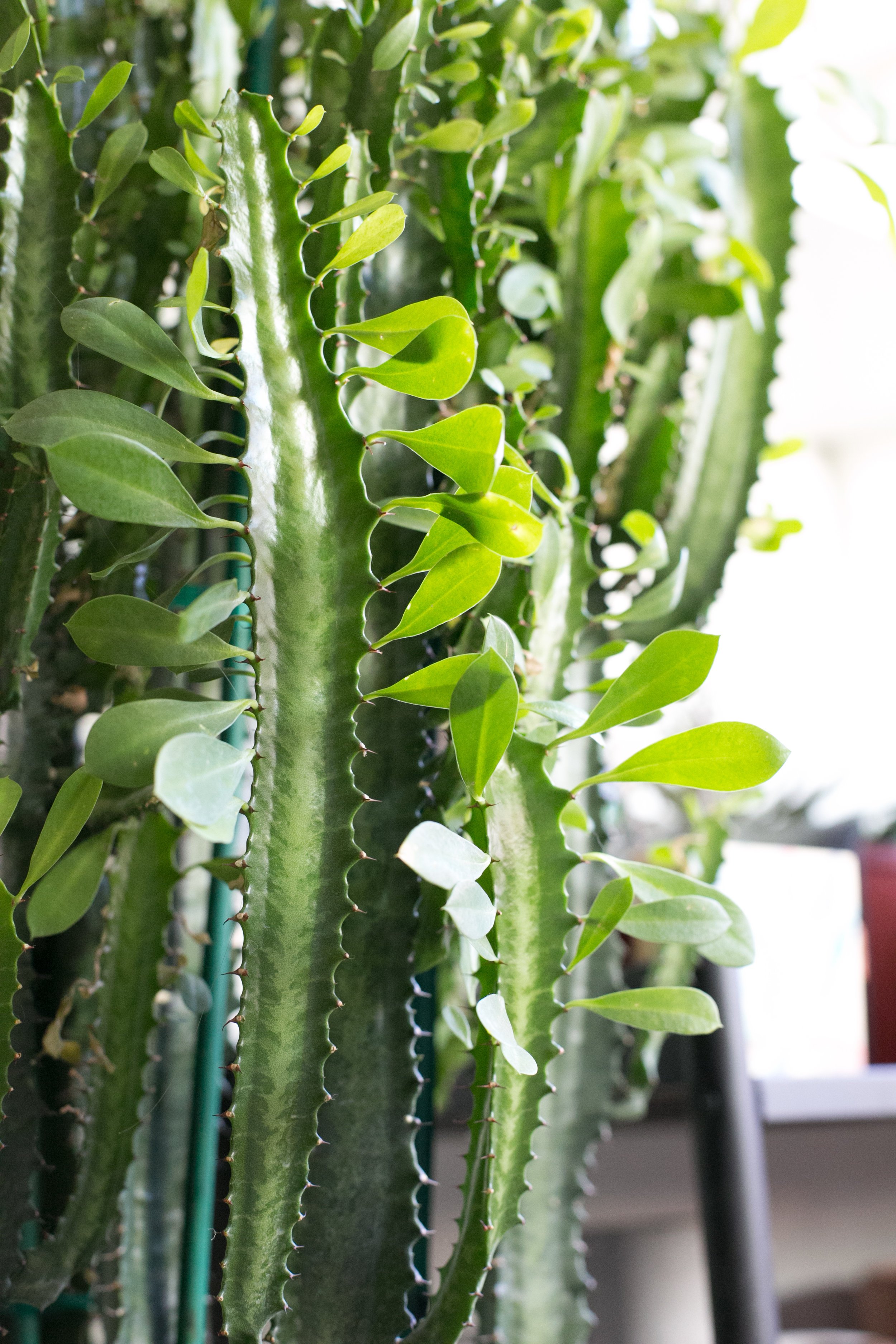
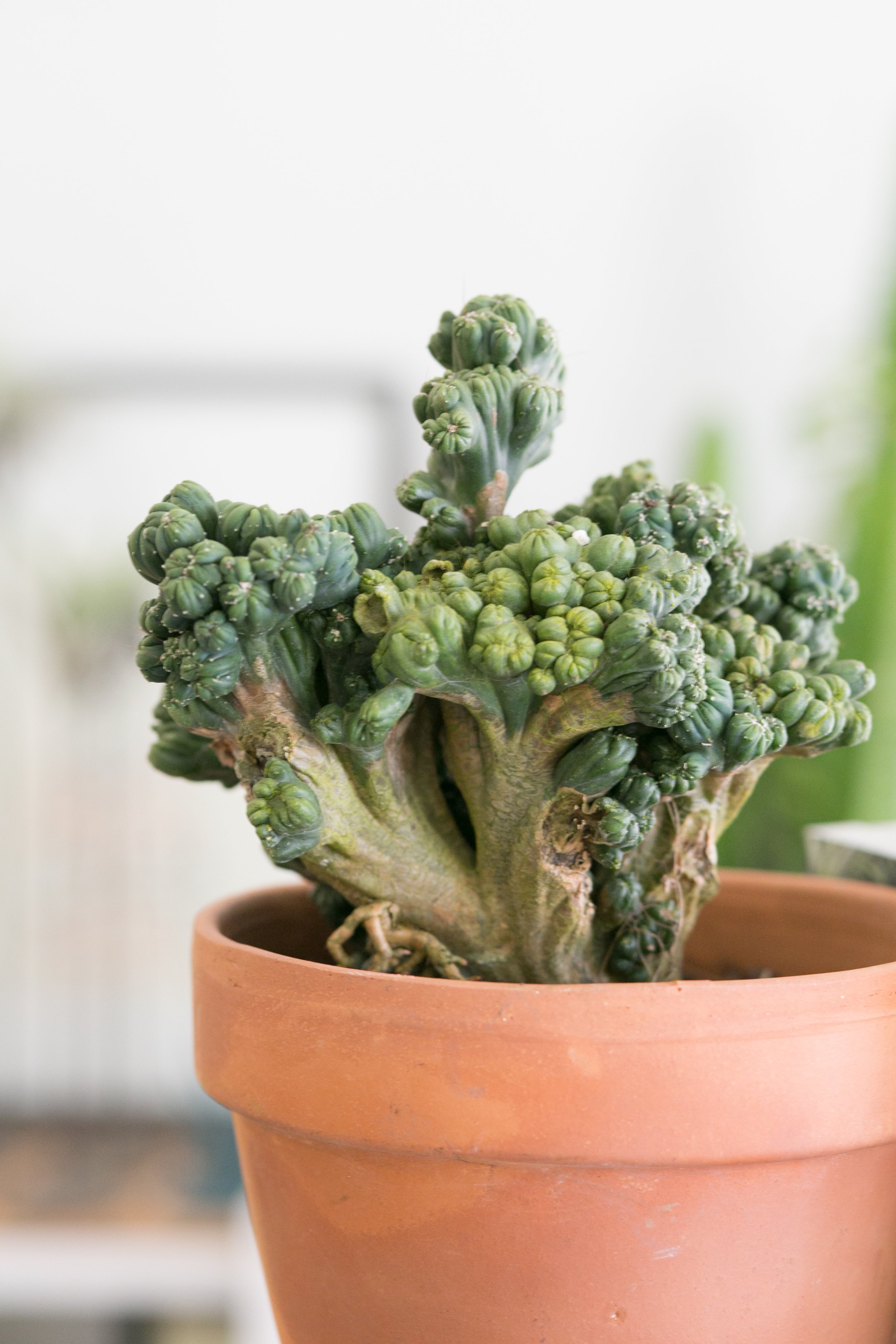



You can also move some of your plants from indoors to outdoors. Stay tuned, more on that next week!
As always, be wary of the light needs of the plants you rearrange. You don't want to put a shade lover in the sun and risk it getting a sunburn and drying out.
Reuse
Getting your plants ready for a new season usually creates waste, most of which is compostable. If you can, compost old soil and plant matter to make new soil for next year. If you don't have access to a compost bin, consider a service like CompostNow.
Think beyond a shelf and consider hanging a plant, like this Hoya compacta 'Krinkle Kurl', commonly known as Hindu rope.
What do you like to do to get your plant family ready for spring?

